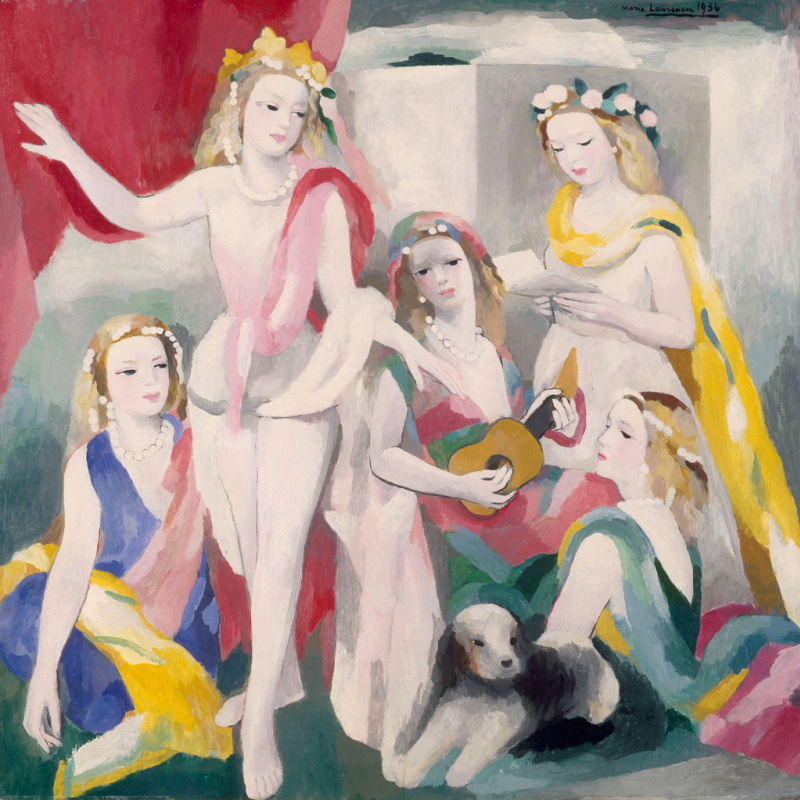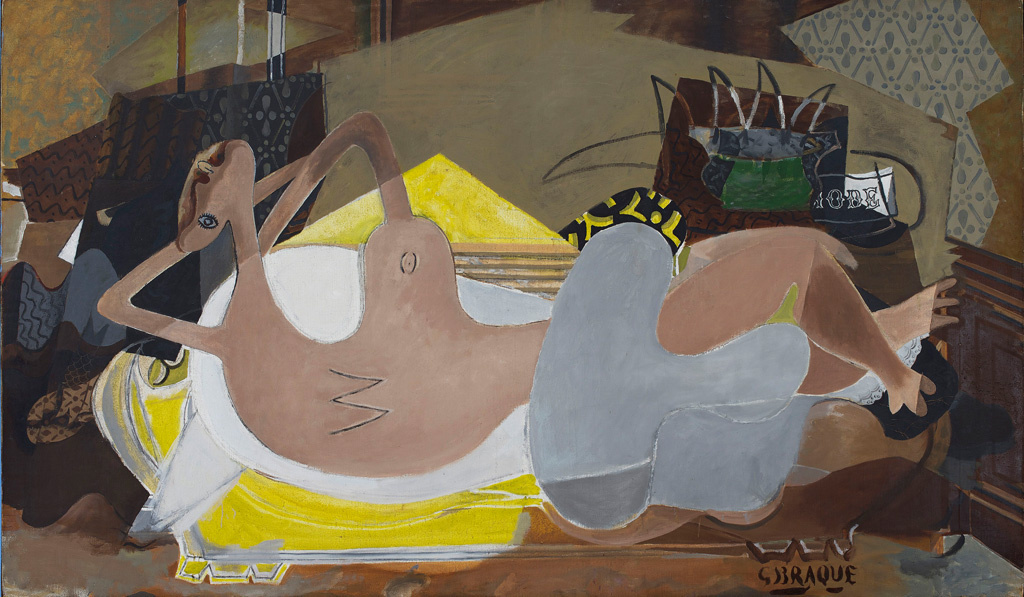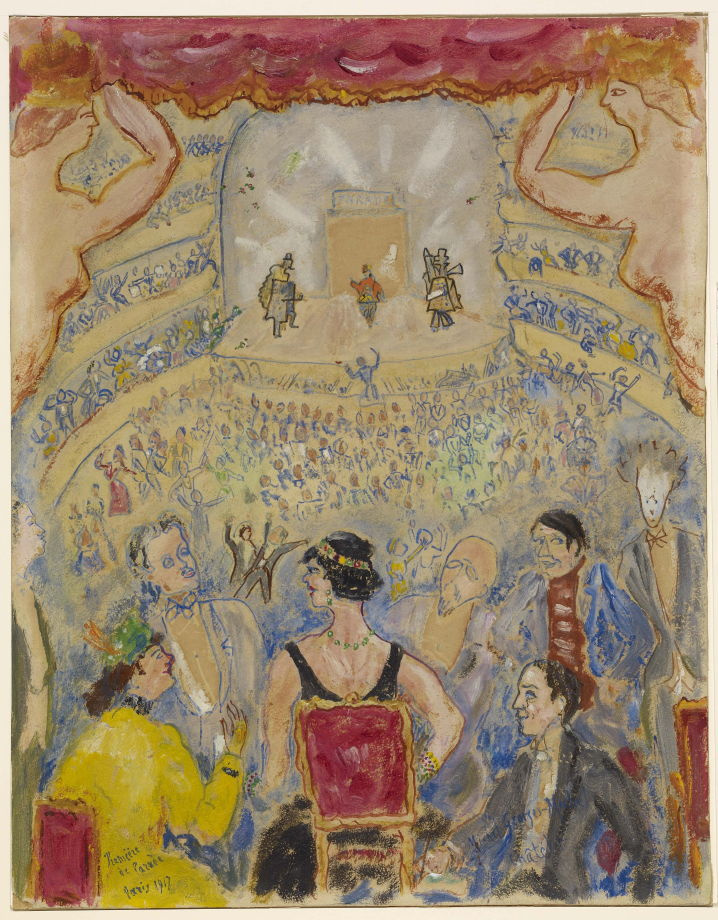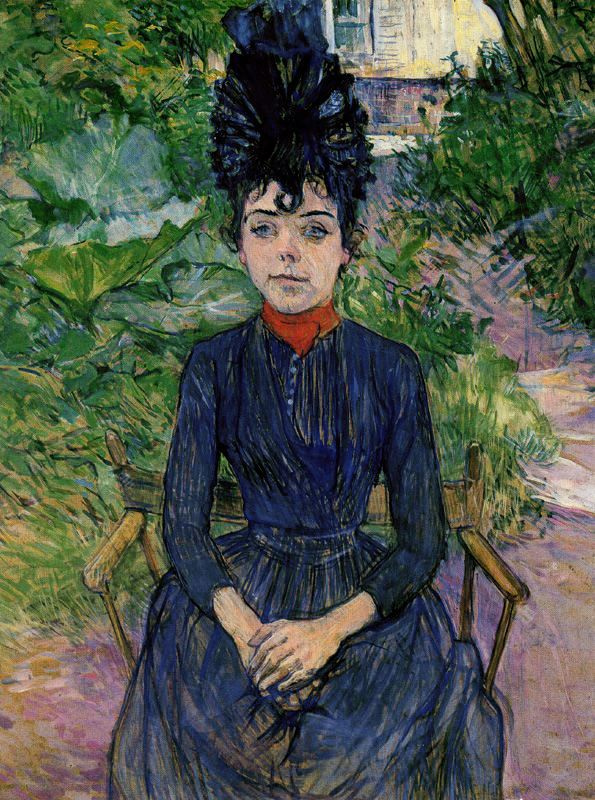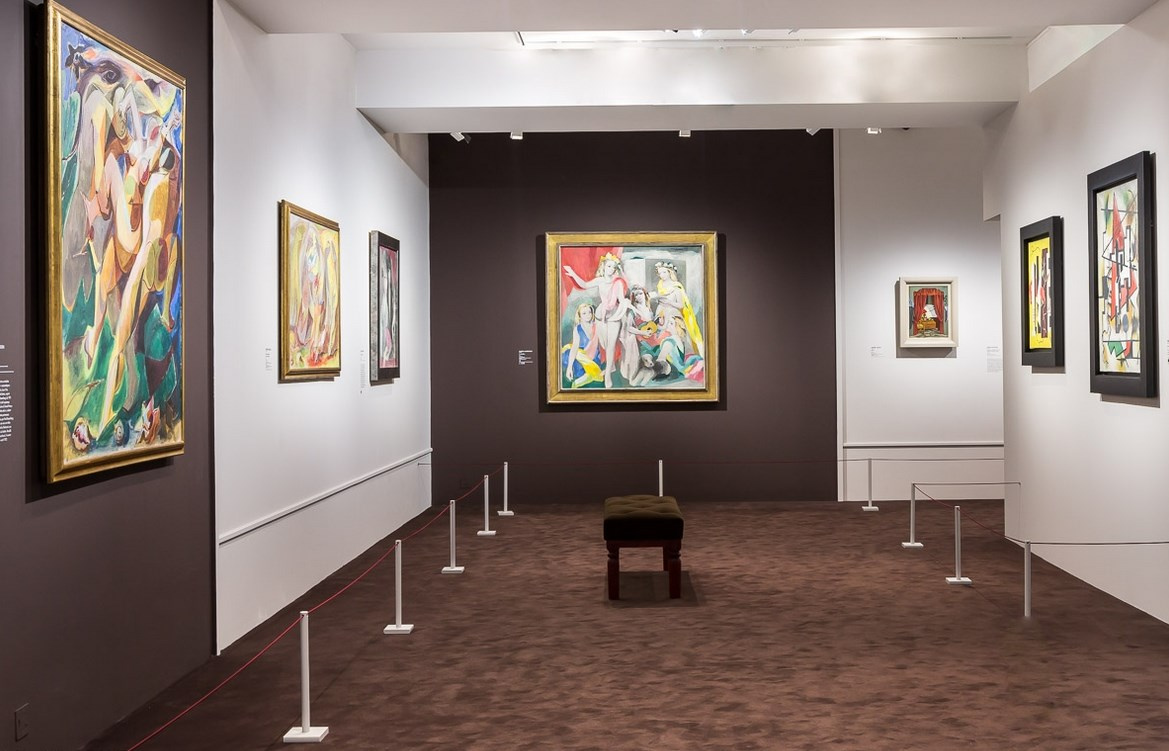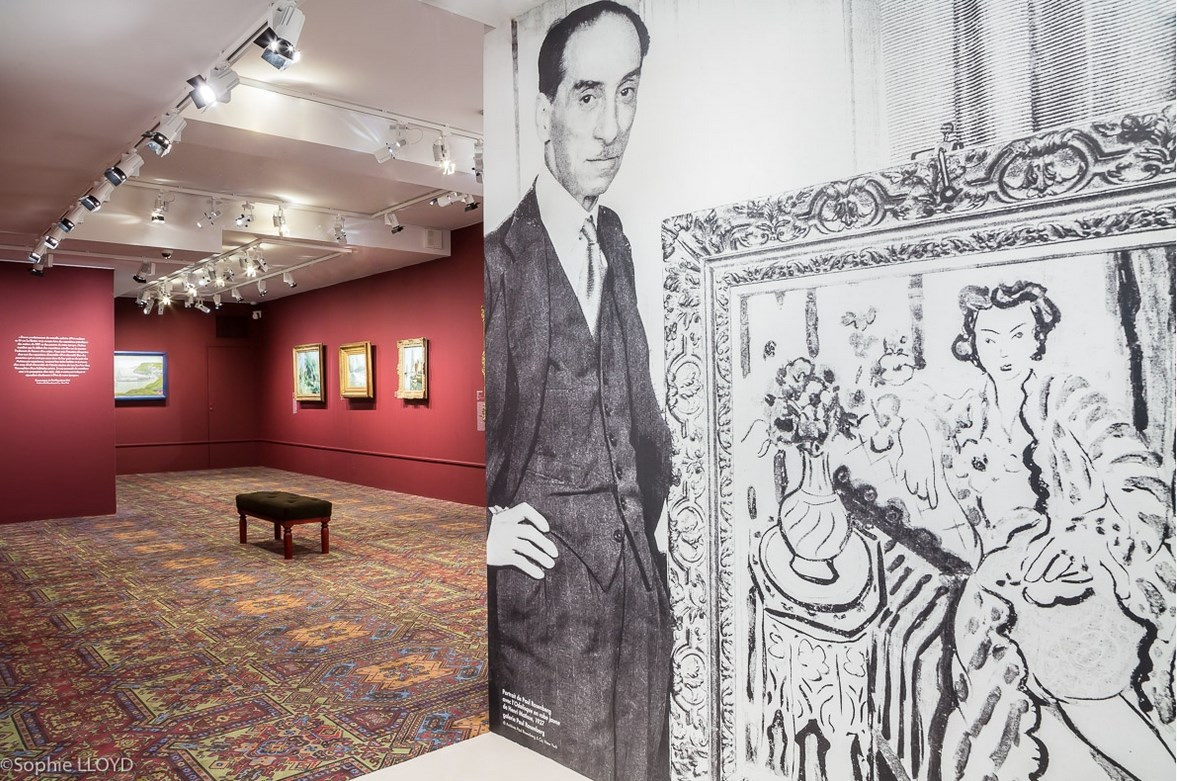Picasso, Braque, Matisse, Cézanne: сollection of the legendary art dealer Paul Rosenberg is on display in Paris


Main hero of the show is Paul Rosenberg. He was born in 1881 in a family of an antiquarian. Altogether with his brother Léonce, the Parisian has began to settle the art deals since his youth. In a while, brothers opened their own separate galleries according to their preferences in art. Léonce remained faithful to his passion for the Cubism, a lead that Paul followed as well, but eventually Paul switched to Modernism.
Paul Rosenberg in the gallery, 1914, © Archives Paul Rosenberg & Co, New York

© Succession Picasso 2016 © RMN — Grand Palais musée Picasso de Paris — © Thierry Le Mage
World War II, on the contrary, destroyed life of Rosenberg. It’s easy to guess that his family name was not of a representative of the titular nation. Everyone knows what Jews could receive under the Nazi occupation. Saving his life, Rosenberg left part of the collection, including the most heavy samples (for example, sculptures of Auguste Rodin and Aristide Maillol), and tried to take out at least the most valuable paintings of Picasso, Matisse, Braque.

((c)Archives Paul Rosenberg & Co, New York)

Now that we have knowledge about events of those years, Paul’s attempt seems naive to us, but then people did not realize the scale of the tragedy that had come to France. The art dealer handed over four hundred canvases to store in a bank. Of course, the masterpieces were confiscated. Their new owners were Reichsmarschall Hermann Goering and German Foreign Minister Joachim von Ribbentrop…
Fortunately, Rosenberg and his family managed to expatriate with a small part of the collection to the USA via Portugal, where they started a new page of their life, definitely connected with the arts. Art dealer died in 1959. As time went, his descendants started gathering paintings stolen by the Nazi from the Rosenberg’s gallery all around the world.

For example, one of the pictures, Woman Sitting in a Chair by Henri Matisse (1921) was discovered in a scandalous Gurlitt collection and has already been returned to the family of the original owners.

The painting "Woman in Blue in Front of Fireplace" by Matisse occurred in 2012 when it was on loan to the Pompidou Center in Paris. There, the picture attracted attention of the experts who knew its story: "Woman in Blue in Front of Fireplace" was among the paintings taken by Hermann Goering. After the war, the work was bought by Henie Onstad, a collector from Norway, and kept in the Henie Onstad Arts Center in the suburbs of Oslo.
This museum (unlike others) did not compete too fiercely for the disputed property, and it costed no long-standing litigation. So, in 2014, the canvas returned to the family of Paul Rosenberg’s descendants.

The book of Anne Sinclair, the granddaughter of the art-dealer, is devoted to the peripeteias of his life, relations with artists and fate of the collection in the complicated epoch. The author herself is a well-known person: a French political journalist, the ex-wife of the former International Monetary Fund managing director Dominique Strauss-Kahn, who abruptly left the institution following allegations of sexual assault in 2011, but it is a completely different story.
Sinclair’s book is entitled the same as the exhibition. Rather, the display is based on the book. The exhibition was previously shown at the Musée de La Boverie de Liège (Belgium), from where it moved to Paris.
(This and the photo bellow from the exhibition depicting work of James Ensor — fr.timesofisrael.com)

Masterpieces came from different museums (including the Centre Pompidou, the Musée d’Orsay, the Musée Picasso in Paris but not only; you can see the whole list at the end of the exhibition video ad) and from private art collections in Europe.






